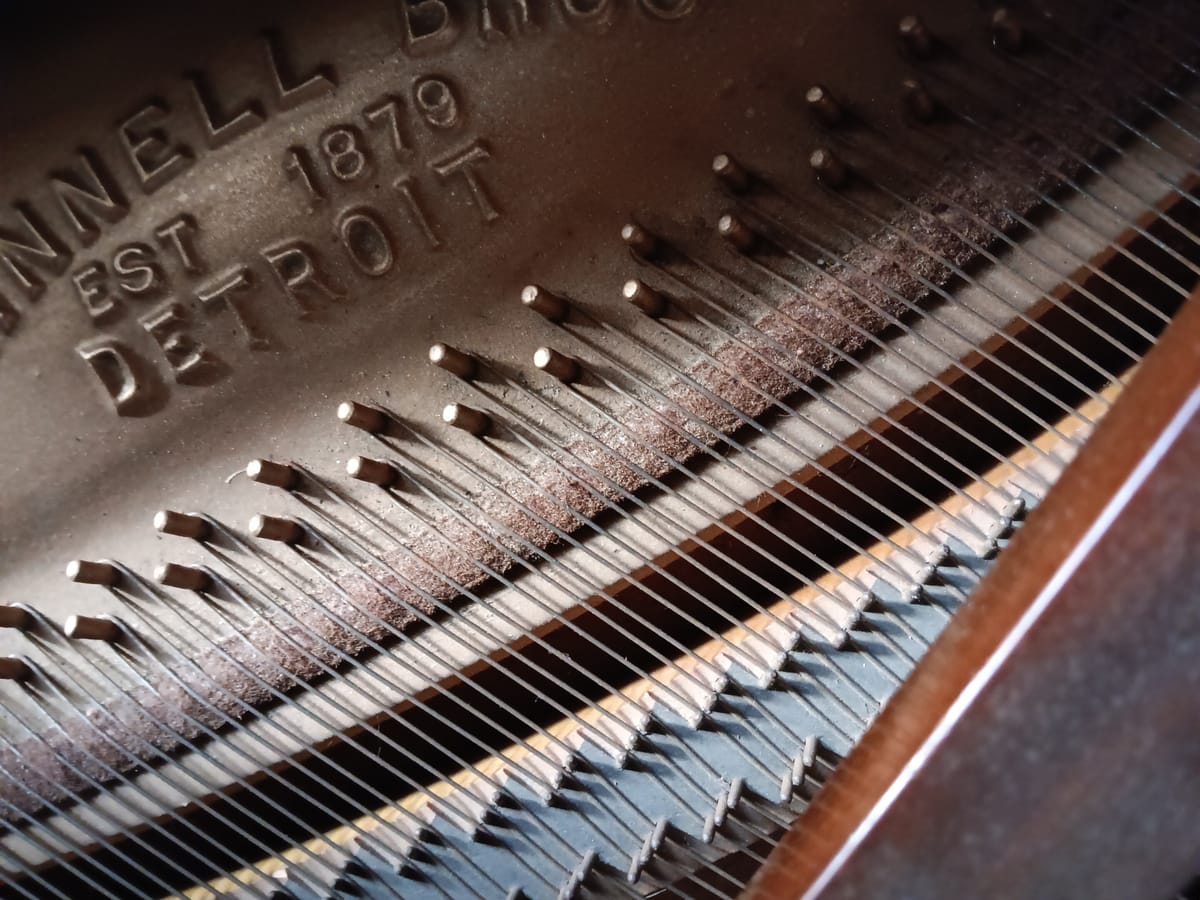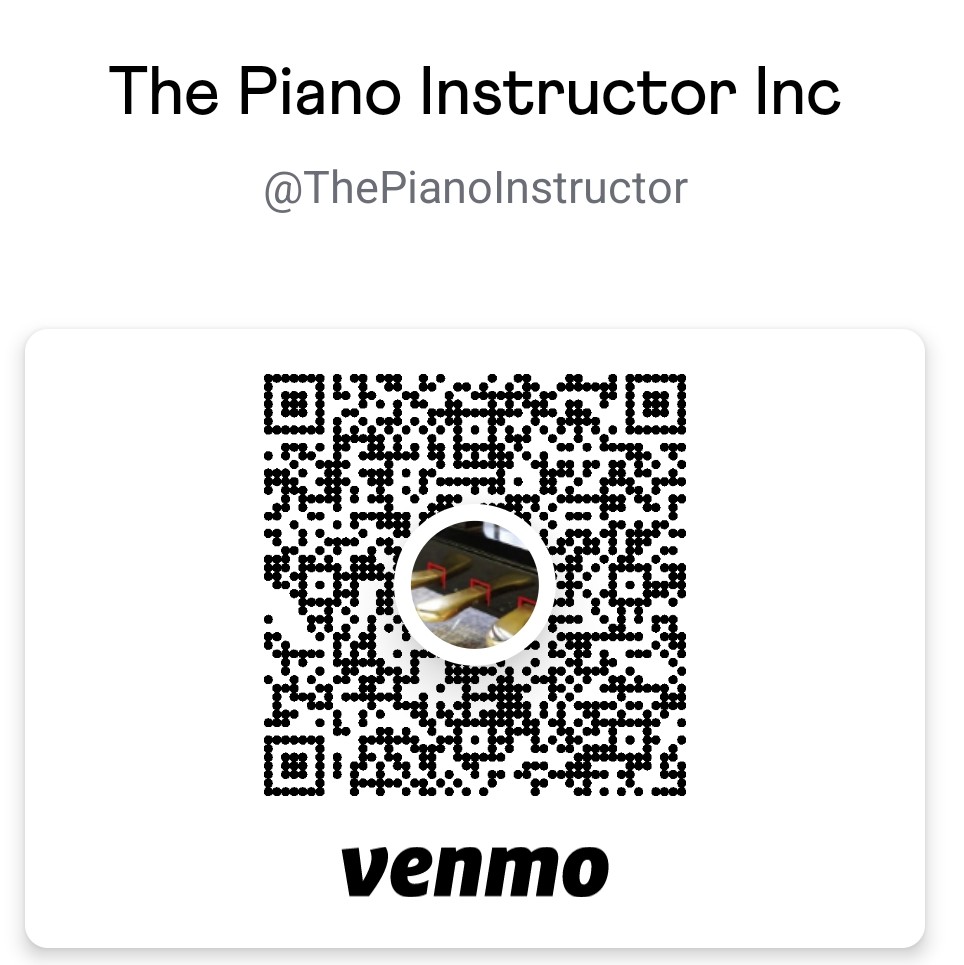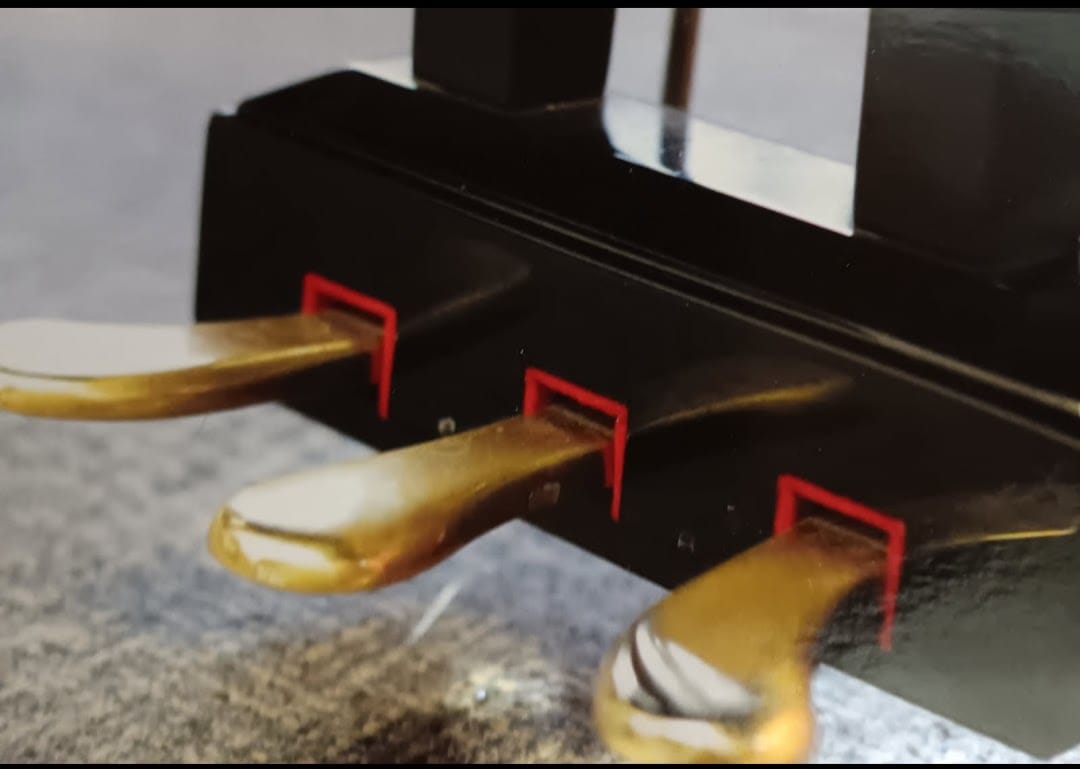Vibrations
We are gonna get sciencey!

One of the very first things I teach new students is the science behind the art.
No music can occur without vibrations.
Music is vibration.
Music is a subjective label.
This means you get to pick what you consider music.
Your definition of music is not necessarily your neighbor’s definition of music.
Example:
A crying baby may not be music to your ears on a plane.
But for a person who has been trying to conceive for five years, that crying baby is singing like Maria Callas. Scream, Baby, scream!
See?
Today’s lesson will delve more into what this all means, how it applies to keyboards versus pianos, and my philosophy on teaching the science behind the music.
Here's a summary of the process:
When a key is pressed on a piano, a whole sequence of events occurs:
- Levers make the hammer hit two or three strings simultaneously.
- Those strings vibrate and resonate.
- The vibration changes the air pressure around the strings.
- This results in a wave (a mechanical wave called a longitudinal wave).
- In this case, that wave uses the air molecules all around us to “travel” (air molecules have mass so they move and collide against each other, compressing and expanding, changing pressure, thus transferring energy).
Then your ears take over: - The wave makes contact with your outer ear, then your eardrum.
- Your ear drum vibrates (there’s that word again!), which sends a message to the three smallest bones in your body, the malleus, the incus and the stapes.
- The stapes presses against the oval window, a membrane leading into the cochlea in the inner ear.
- This movement creates waves in the fluid inside the cochlea.
- Those fluid waves stimulate the basilar membrane, causing it to vibrate (!) at specific locations depending on the frequency of the sound.
- These vibrations activate hair cells (mechanoreceptors).
- Hair cells convert the mechanical energy into electrical signals.
- These signals travel via the vestibulocochlear nerve to the brain, and the brain says sound!
- You say, “Music!” if you like the sound.
BRING YOUR INSTRUMENTS! Music Class:
Live at the Detroit Public Library, Main Branch
5201 Woodward, Detroit, MI 48202
The wheelchair entrance is on the Cass side of the building.
4:30 p.m. - 5:45 p.m. Eastern today, here on Substack
This class is free, forever and always.
If, however, you’re pickin’ up what I’m puttin’ down, feel free to pay for a thank you dinner!

